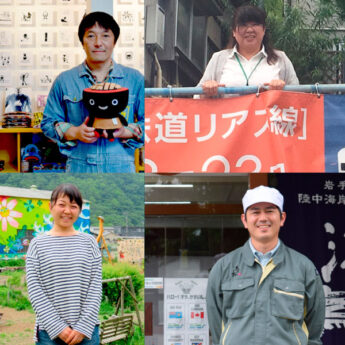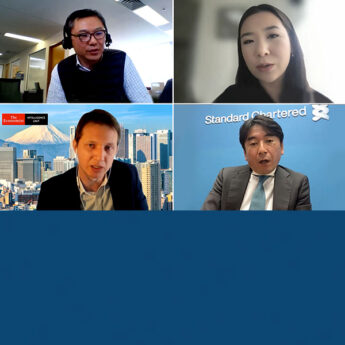Behind-the-scenes look at Japan’s economic policies
- Long-term structural change critical for the country’s future
- Need to employ non-Japanese, the elderly and women
- Pro-reform agenda will favour an environment for entrepreneurs
Japan has suffered over two decades of economic stagnation. In 2012, Prime Minister Shinzo Abe announced a three-pronged economic recovery strategy dubbed the three arrows of Abenomics.
The first arrow is fiscal stimulus; the second a boost to the economy through monetary easing; and the last, long-term structural change—which is ongoing and has received mixed reviews from pundits.
On 8 July, the British Chamber of Commerce in Japan (BCCJ) organised a luncheon—“Inside Abenomics”—during which members gained behind-the-scenes insights on the third arrow from House of Representatives member Keisuke Suzuki, one of the rising stars of Abe’s ruling Liberal Democratic Party (LDP).
Speaking to a capacity audience, Suzuki began by highlighting three potentially risky and upcoming milestones that the Abe administration will need to manage: a cabinet reshuffle, expected in September; decisions regarding its nuclear power strategy; and a judgment concerning whether to introduce a second consumption tax-rate hike, this time from 8% to 10%, in December.
Suzuki agreed the first and second arrows have worked relatively well, but that the jury is still out on the third arrow, which includes politically turbulent areas such as negotiations over the Trans-Pacific Partnership.
Born in the UK and speaking with a slight English accent, Suzuki was confident as he highlighted three areas in which the third arrow of Abenomics is critical for Japan’s future, namely, its geopolitical relations with neighbours; its long-term competitiveness with other Asian nations, the US and European countries; and the need to manage an increasingly declining and ageing population.
To help tackle concerns over a dwindling population, Japan will have to introduce foreign labour and increase participation of the elderly and women in the workforce. To enable greater participation of women, he said, the government has introduced an action plan and will submit a bill to the Diet later in the year.
Suzuki said injecting more foreign labour into the Japanese economy is a potentially prickly, though necessary, matter that may disturb social harmony and, therefore, should be treated with sensitivity.
Despite these concerns, however, he said that in June the government had instituted limited measures to extend the three-year foreign work visa to five years. Plans were also under discussion to lower the bar that currently prevents non-Japanese with certain specific skills from entering Japan.
Pro-reform agenda
Reaching the end of his presentation, Suzuki turned to reform of Japan’s corporate and investment culture.
Limited use of human and financial capital, as well as low inward investment and entrepreneurship, he said, could be accelerated by lowering the corporate tax rate, shifting capital from the public purse to the private sector, and increasing deregulation.
He concluded that reform of corporate governance, by including independent members on company boards, reducing instances of cross-shareholding, and encouraging entrepreneurial risk-taking, would be critical to this process. Almost as an aside, he said political horse-trading within the LDP over the upcoming Diet sessions might well determine the fate of the third arrow.
During an occasionally passionate question and answer session, Suzuki was asked about cross-shareholding and labour-market reform, obstacles to inward investment and the Abe administration’s long-term robustness.
He also commented on how, in the future, Japan might demonstrate leadership skills, and how reform of the Government Pension Investment Fund (GPIF) might be better managed. Lori Henderson MBE, executive director of the BCCJ, asked for his response to heckling suffered in June by Tokyo Metropolitan Assembly member Ayaka Shioumura.
In answer to the diverse questions, he said that, at the next session of the Diet, the government could introduce legislation requiring that firms have an independent board member; labour-market reform may well see introduction of the elderly into the white-collar workforce; and an argument is being made for creating business-friendly special economic zones.
Abe’s centre-right politics, he continued, are not necessarily hawkish, but largely rooted in realism and reform. Japan, meanwhile, could show leadership in the management of its elderly population and, in Asia, become a model of how to both increase the participation of women in the economy, and implement energy efficiency.
Suzuki was cautiously optimistic about Japanese politics—and Japanese society itself—moving towards a pro-reform agenda and, thereby, creating an environment favourable to entrepreneurs.
Finally, he thought there was little appetite or expertise among bureaucrats for risk-taking with public funds, and that the heckling of Shioumura sadly reflected an old-school mentality that is, arguably, declining.






